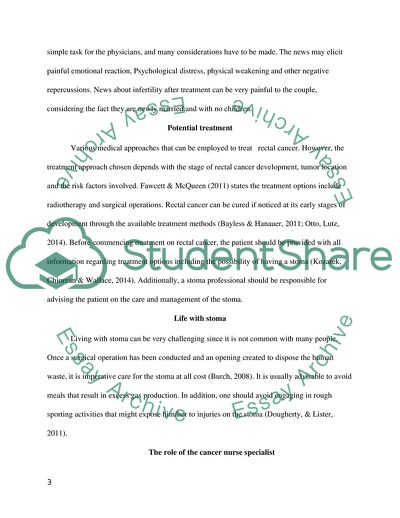Cite this document
(Breaking bad news role of the clinical nurse specialist supporting Case Study, n.d.)
Breaking bad news role of the clinical nurse specialist supporting Case Study. https://studentshare.org/nursing/1855653-role-of-the-clinical-nurse-specialist-in-the-support-of-patients
Breaking bad news role of the clinical nurse specialist supporting Case Study. https://studentshare.org/nursing/1855653-role-of-the-clinical-nurse-specialist-in-the-support-of-patients
(Breaking Bad News Role of the Clinical Nurse Specialist Supporting Case Study)
Breaking Bad News Role of the Clinical Nurse Specialist Supporting Case Study. https://studentshare.org/nursing/1855653-role-of-the-clinical-nurse-specialist-in-the-support-of-patients.
Breaking Bad News Role of the Clinical Nurse Specialist Supporting Case Study. https://studentshare.org/nursing/1855653-role-of-the-clinical-nurse-specialist-in-the-support-of-patients.
“Breaking Bad News Role of the Clinical Nurse Specialist Supporting Case Study”. https://studentshare.org/nursing/1855653-role-of-the-clinical-nurse-specialist-in-the-support-of-patients.


